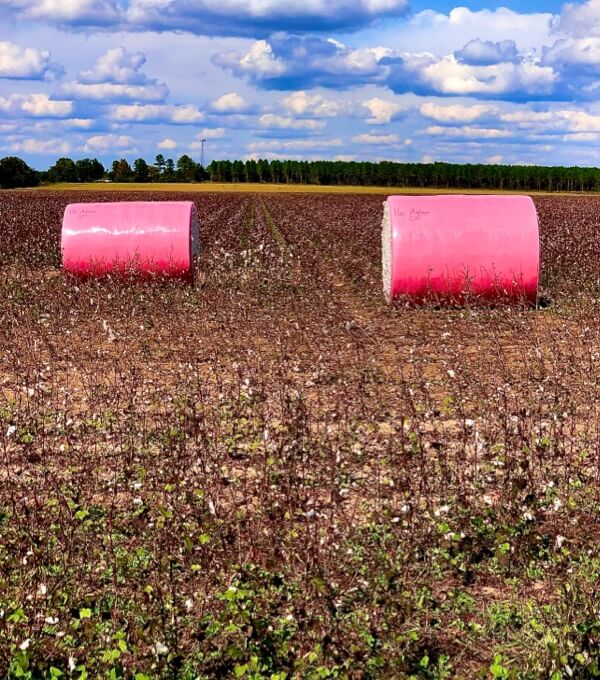
Cotton Farmers Spring Into Action
(Featured Image) Side-by-side in 2023, AgLogic at 5 lbs. per acre increased…
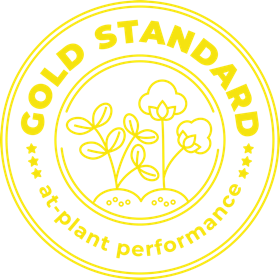
Start your season with AgLogic® 15GG aldicarb to get superior broad-spectrum insect, mite and nematode control, end your year with higher yields.
Learn more about the truly unique benefits of AgLogic 15GG aldicarb, and how its superior early-season pest protection enhances crop vigor, canopy development and earliness, and reduces foliar spray applications. It’s your secret weapon for greater yields and profits per acre.
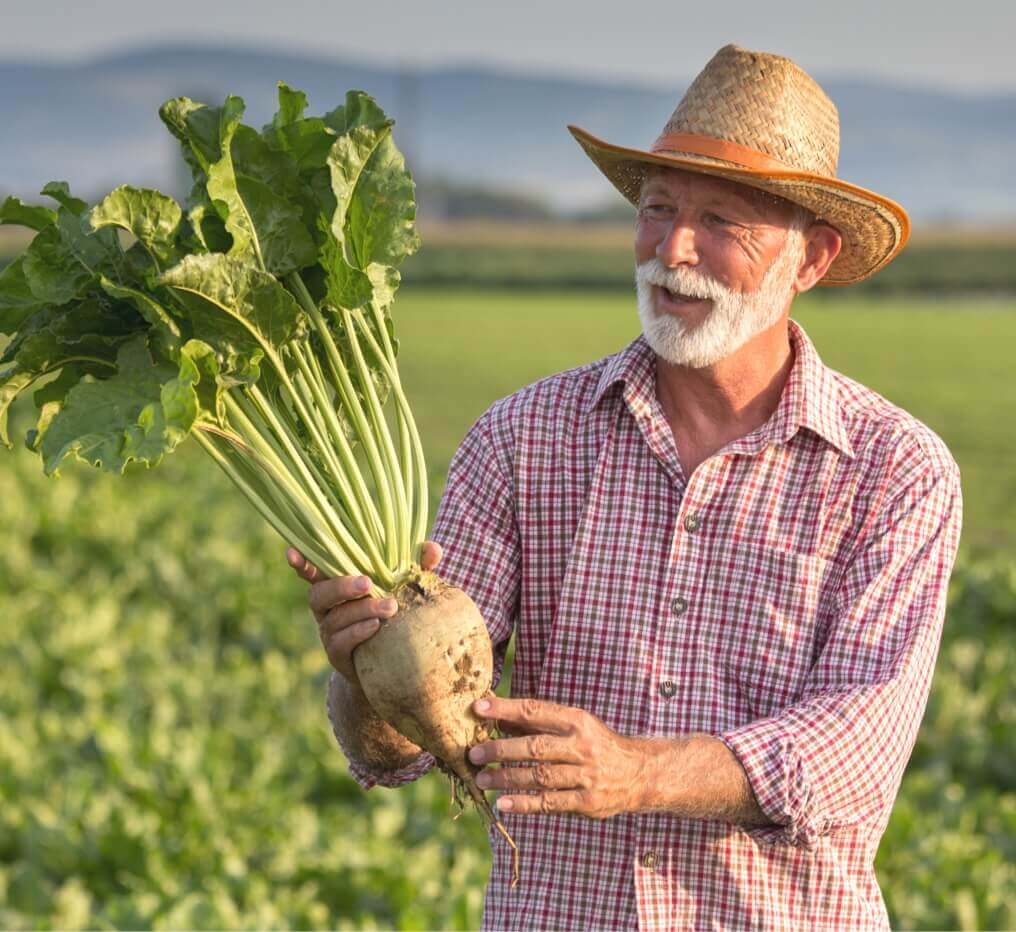
AgLogic 15GG aldicarb is the most consistent choice for thrips and nematodes. There’s also the earliness factor that lets me get in the field to harvest sooner.
Lyle Carraway
Cotton Grower, Lynchburg, South Carolina
With AgLogic 15GG aldicarb, crops can establish stronger roots and early plant vigor, supporting faster canopy development and significantly higher potential for increased yields.
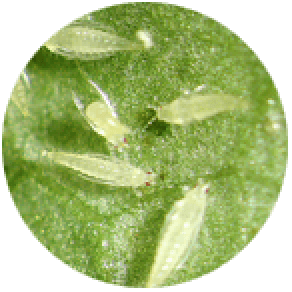 Thrips
Thrips
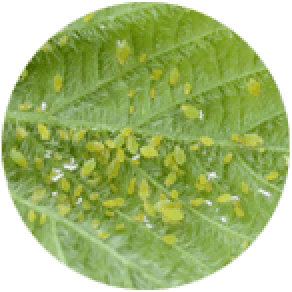 Aphids
Aphids
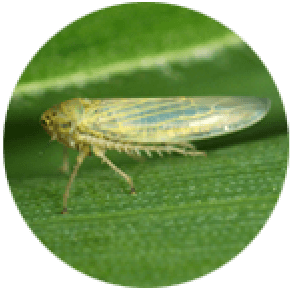 Leafhoppers
Leafhoppers
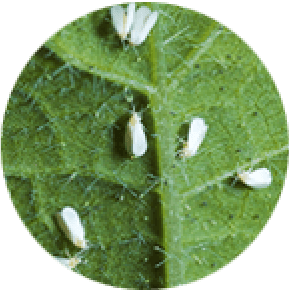 Whiteflies
Whiteflies
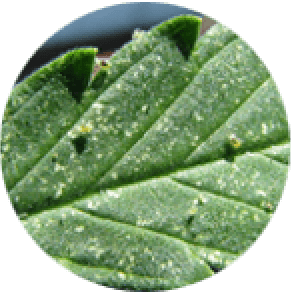 Mites
Mites
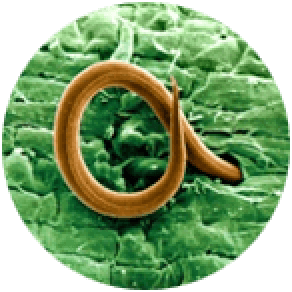 Nematodes
Nematodes
Select a state to view registered crops and locate a dealer close to you.

(Featured Image) Side-by-side in 2023, AgLogic at 5 lbs. per acre increased…
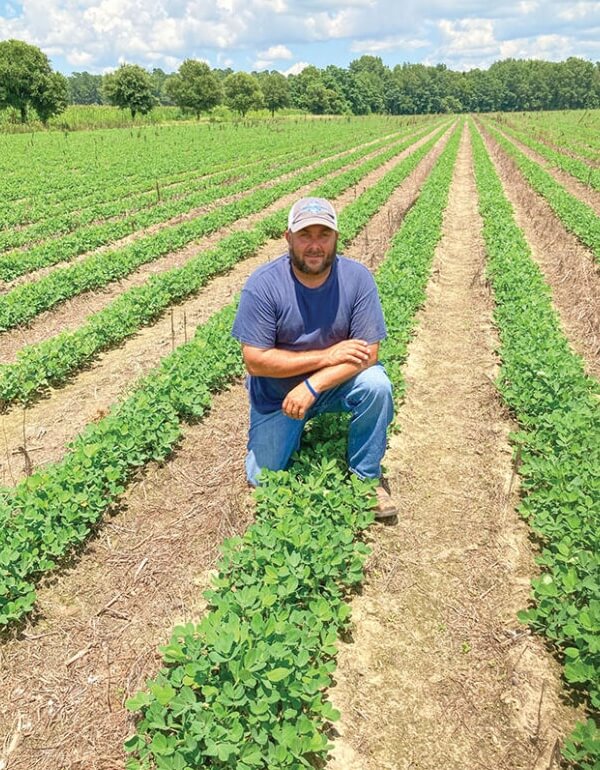
(Featured Image) Cameron, South Carolina, peanut grower Eddie Polin Early pest control…

On February 5, 2024, MEY Corporation and AgLogic™ Chemical Company LLC appointed…